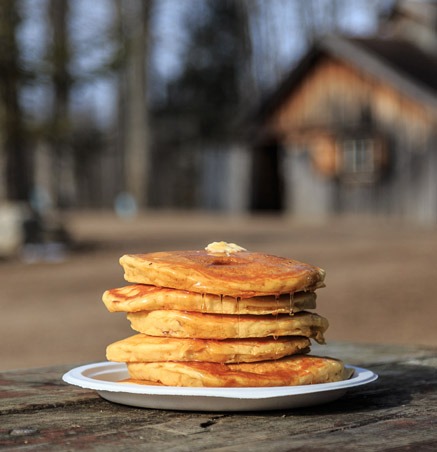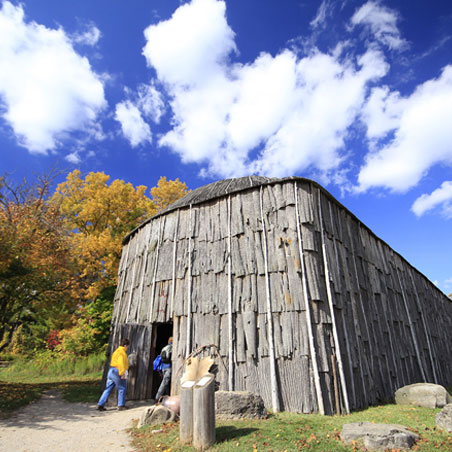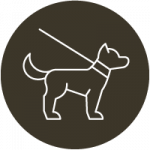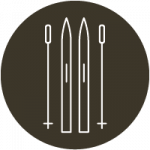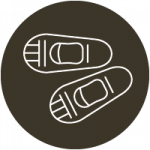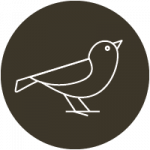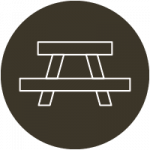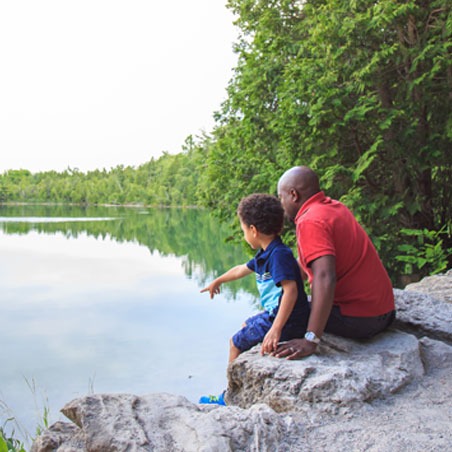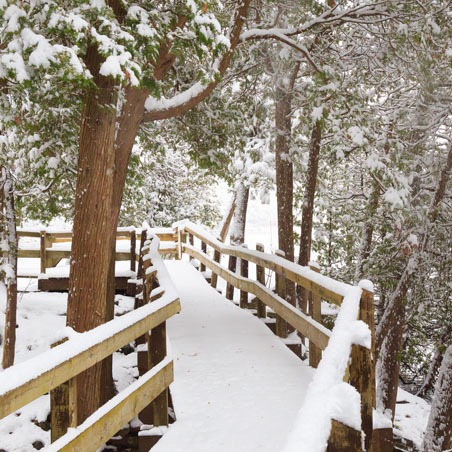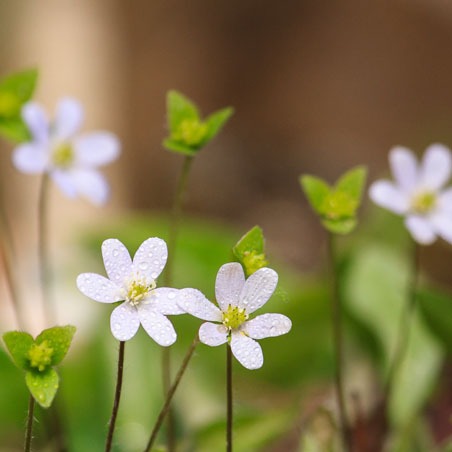Crawford Lake Conservation Area is a truly exceptional park with a truly exceptional lake. In the deepest part of the lake 75 ft below the surface, sediment is deposited in annual layers and remains totally undisturbed. Scientists researching this sediment in the early 1970s discovered corn pollen dating from the 13th to 15th century. This led to the discovery of the archaeological footprints of a Wendat or Attawandaron village. Three longhouses from this village have been reconstructed on their original footprint to help educate the public about the area’s Indigenous history through programs, exhibits, gardens, and workshops developed with Indigenous partners of the park. Along with the teaching village Crawford Lake features trails for hiking, snowshoeing and cross-country skiing as well as a trail filled with larger-than-life wood carvings of species at risk and a boardwalk that winds around the lake.
Reservations are not required but are recommended. If you book online, you can reserve your spot and save money on gate fees. Click below to reserve now.
Crawford Lake is also an important site for global scientific research. Learn more about these studies and how our rare meromictic lake may help scientists define a new proposed epoch: the Anthropocene.
Experiences at Crawford Lake
Park Information
Park Hours
9:00am-9:00pm
Monday-Sunday
Longhouse Village and Visitor Centre hours
10am-4pm
June 1-Labour Day Weekend, weekends & holidays
3115 Conservation Road
Milton, ON
Do I need to make a reservation to visit?
No, reservations are not required to visit Conservation Halton Parks, however they are recommended. By booking in advance, you can guarantee your spot and save on gate fees. Reservations can be made at parkvisit.ca.
Is swimming allowed in the lake at Crawford Lake?
No, swimming is not allowed at Crawford Lake, because the lake is an ecologically sensitive area. For this reason, we ask that you keep your pets on a leash while at the park, to prevent them from entering the lake and disturbing the ecological balance. Kelso is the only park where swimming is allowed. Click here for more information about swimming at Conservation Halton Parks.
Is boating allowed in the lake at Crawford Lake?
No, boating is not allowed at Crawford Lake, because the lake is an ecologically sensitive area. Click here for more information about boating at Conservation Halton Parks.
Is fishing allowed in the lake at Crawford Lake?
No, fishing is not allowed at Crawford Lake, because the lake is an ecologically sensitive area. Click here for more information about fishing at Conservation Halton Parks.
When are the Longhouses open to the public?
The longhouses are open 10am-4pm on weekends and holidays (except December 25th) all year long. They are open 10am-4pm on weekdays June 1 until Labour Day. Please be aware that longhouses may be reserved for pre-booked groups.
Phone Number: (905)854-0234
E-mail: visitorservices@hrca.on.ca
